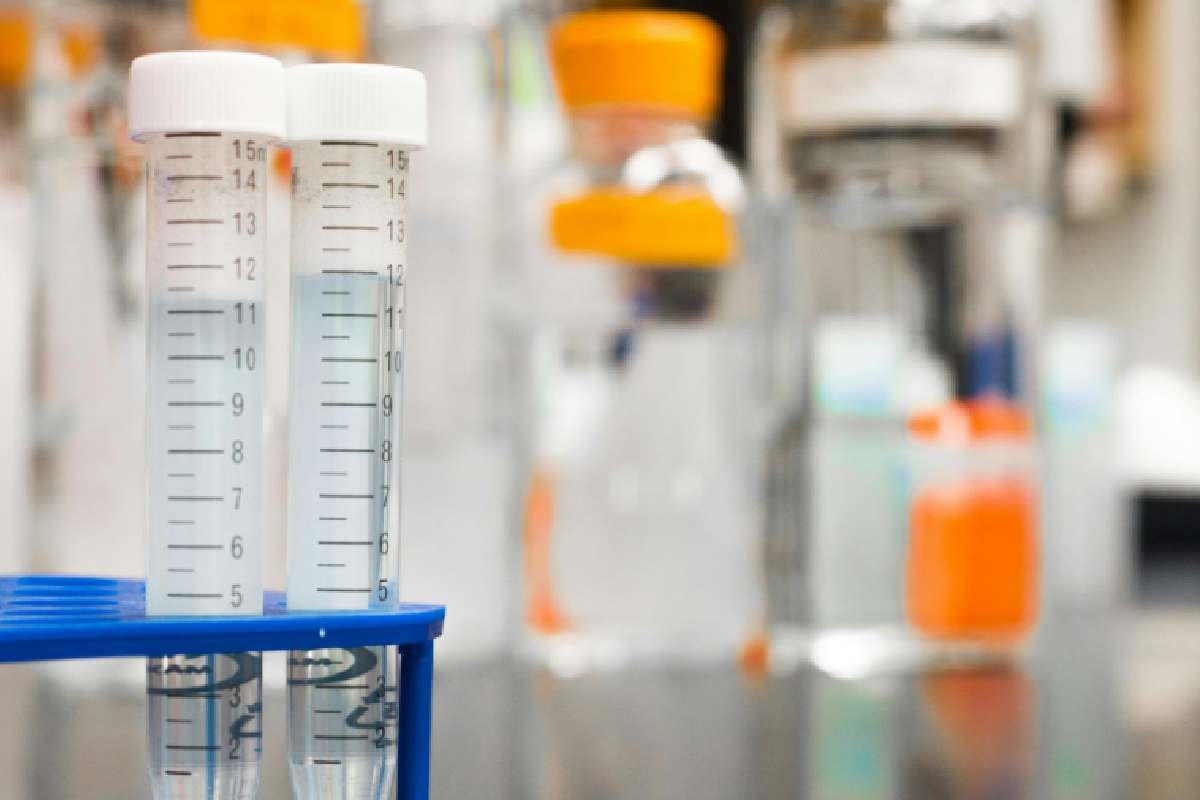How Automated Liquid Handling Is Transforming Clinical Diagnostics
Clinical diagnostics are a cornerstone of healthcare. Accurate test results guide doctors’ decisions. Time matters—delays can throw off treatment plans and hurt patient outcomes. Labs face growing pressure to keep up. This demand has sparked major shifts in how lab work happens.
More labs are turning to machines for speed and precision. One game-changer? Automated liquid handling. It’s reshaping how diagnostics get done every day.
Table of Contents
Boosting Lab Accuracy
Human hands aren’t perfect. Even the best lab techs slip up sometimes. Measuring liquids manually is tedious and exhausting. Tired workers are more likely to mess up volumes, which can skew test results and lead to wrong calls.
Automated liquid handling systems cut that risk way down. These machines stick to precise steps every time. They don’t get tired or distracted. With pinpoint tools, they measure and move fluids perfectly. That consistency makes tests more reliable.
Better accuracy means doctors trust the data they get. Patients get faster diagnoses and better care—no waiting around for retests.
What These Systems Can Handle
Lab work is full of tiny, fiddly tasks. Liquids need measuring, transferring, mixing—sometimes with exact timing. Some tests have a dozen steps in a strict order. Doing it all by hand eats up hours and takes serious skill.
Automated liquid handling machines make it look easy. They load samples, add reagents, prep plates, dilute solutions, and mix like pros. Some can juggle hundreds of samples in one go.
They run on programmed instructions, logging every move. If something goes off track, an alert pings the staff. That makes fixing issues a breeze and keeps quality high across the board.
Tackling Complex Tests
Diagnostics are getting trickier. Modern tests often deal with tiny sample amounts or advanced techniques. Think isolating DNA or spotting faint disease markers. Manual work here is slow and dicey—one wrong move can tank the whole test, wasting time and supplies.
Automation steps in with a better way. These systems handle microliters of fluid without a hitch. They’re gentle with fragile samples, keeping them intact. They nail multi-step processes with dead-on accuracy.
Labs lean on automation for heavy hitters like PCR, ELISA, and next-generation sequencing. These tests need precision, and machines deliver it faster and more consistently than humans ever could.
Lightening the Load for Workers
Lab jobs are tough. Techs stand for hours, repeating the same motions. That grinds on hands and wrists, risking strain or injury. High-pressure settings also burn people out.
Automated systems take the edge off. They handle the repetitive grunt work, letting staff focus on analyzing data or solving bigger problems. It’s a win for workplace morale.
Plus, automation cuts down on spills and contamination. Sealed systems and fresh tips keep samples and workers safer. The lab stays cleaner, too, which is always a bonus.
Seamless Software Integration
Today’s labs live on digital systems. Samples, results, and steps all need tracking. Data has to be stored, shared, and ready for review. Manual record-keeping is a slog and tough to manage.
Automated liquid handling systems sync up with lab software like a charm. Every action gets logged, creating a digital trail for each sample. If something’s off, staff can spot it fast.
This connection streamlines everything. Labs can track supplies, plan maintenance, or tweak workflows to run smoother. Data’s always audit-ready, saving headaches down the line.
Versatile Tools for Any Test
One machine, tons of tests—that’s a huge perk. Automated liquid handling systems are built to adapt. They switch between methods and sample types without breaking a sweat.
Need a new protocol? Just update the software. Some systems swap tools for different volumes or work with all sorts of labware. That flexibility shines in crunch times, like disease outbreaks, when labs need to pivot to new tests fast.
It also saves cash. One system can do the job of several, keeping labs lean and ready for anything.
User-Friendly and Low-Maintenance
Modern machines are designed with users in mind. Touch screens, alerts, and clear guides make them easy to pick up. Newbies can get the hang of it quickly, keeping labs humming even during staff turnover.
Safety’s baked in, too. Systems pause for blockages or errors, preventing damage and waste. Maintenance is a snap—parts swap out easily, and many machines clean themselves.
Manufacturers often throw in support, so labs can call for help anytime. That keeps downtime low and operations smooth.
The Future of Diagnostics
Automation’s just getting started. Machines will keep getting sharper, maybe even learning from past runs to fine-tune workflows. Some could adjust to samples on their own.
Artificial intelligence might jump in, predicting results or catching errors early. Automation won’t replace lab workers—it’ll empower them. Techs will have more time for critical thinking and quality checks.
Automated liquid handling will stay at the heart of this shift. It’s making labs faster, results stronger, and diagnostics safer for everyone involved.
also read:- how to say kiolopobgofit
